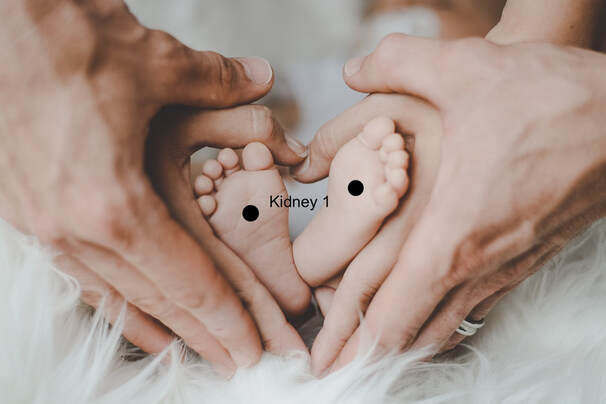
I like to view Acupuncture Meridians as Rivers of Qi flowing through our bodies in very distinct patterns and configurations. The Chinese civilisation, like many civilisations around the world, was born along 2 Rivers, the Huang He and the Yang Zi. As such Water shaped a lot of their understanding of Nature and reality. These Qi Rivers are essential to the flow and nourishment of life in a living body. If for some reason the flow is blocked or stopped at a place in the body, this area or other areas further downstream will become undernourished or depleted of Qi. This can then manifest pain, swelling, necrosis or other symptoms that may cause discomfort. The complete absence of Qi in a being would then result in death.
As a student in Chinese Medicine school, I often asked the question, "Which came first, the Channels or the Points?" This question was not clearly answered until I was a practitioner at a continuing education course in Shonishin (Japanese Children's Acupuncture-Massage). As we learned to massage children along specific Meridian pathways, I became aware that most Acu-Points are not mature at birth but actually develop through years of movement, nourishment, experience and growth. As such, we can deduce that the body's Qi Rivers begin flowing first and with time the Acu-Points develop. Through my practicing of Acupuncture and Tui Na massage, I have gained the perspective of Acu-Point as being like access locations to the Qi flow of our body, like access sites at the bank of a River. We could also therefore describe Acu-Points as doorways into our Qi pathway that are already in flow. Through pressing or needling an Acu-Point, we could influence this flow of Qi to increase, decrease its volume and force, or to divert its flow into an area or an organ of the body.
There is an Acu-Point called Yŏng Quán 湧泉, Kidney 1 (KI-1), the first Acu-Point of the Kidney Channel and the closest Acu-Point to the Earth. It is on the bottom of the foot, in the centre-line of the foot, on the area just below the ball of the foot. This is translated as "Gushing Spring." (Ellis, Weissman, Boss, 1989) The Kidneys are associated with the Water element, as such a body of Water like a Spring indicates to us that this is where the source of life manifests. This is an Acu-Point that can revive consciousness, like in the case of fainting or a stroke, by taking the Qi upward, like a gush from the source. Another name for this Acu-point is Dì Chōng 地沖 Earth Surge. (Ellis, Weissman, Boss, 1989) This explains the other function of this point to root the Qi down to the Earth by descending Qi blocked in the head. This point can be used for headaches but also to dispel local foot pain. In a blogpost a few years ago, I wrote about Earthing, walking barefoot on the Earth to create connection. This is clearly the Kidney 1 Point being stimulated.
I mentioned in my last blogpost about honouring the Rivers we live by, stimulating your Acu-Points on your body is like honouring your Rivers within. Try taking off your shoes to walk barefoot on the Earth, or bathe your feet in Water, or even both at the same time in a River near you.
Reference
Ellis, Andrew / Wiseman, Nigel / Boss, Ken (1989): Grasping the Wind. Brookline, MA, USA: Paradigm Publications
Image Baby Feet by 5921373 on Pixabay, adapted by Elaine
Image Okavango Delta River by Lion Mountain on Pixabay



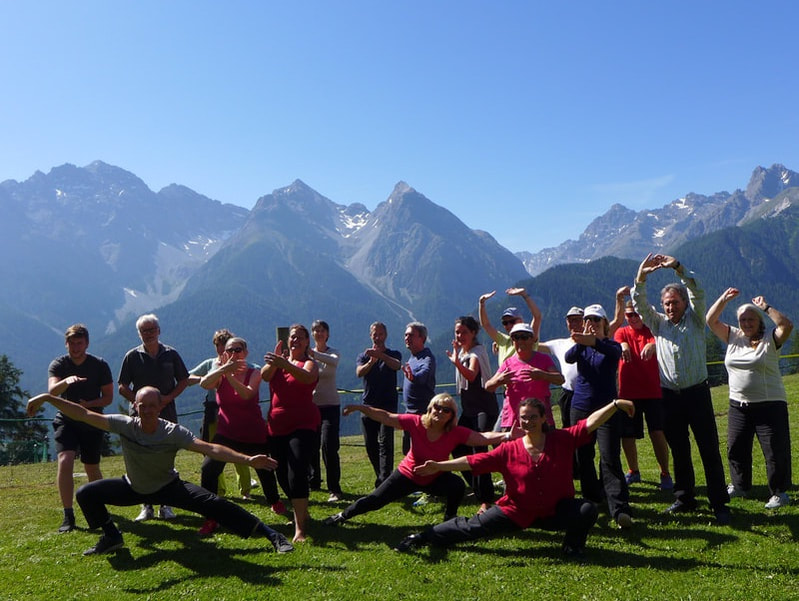
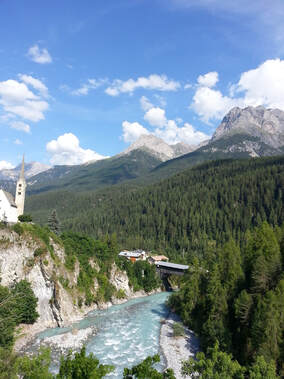
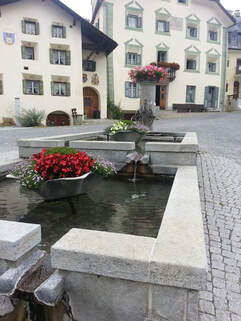
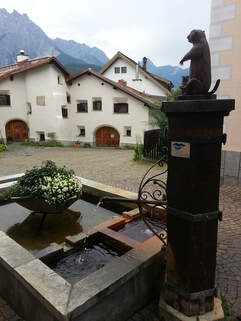
 RSS Feed
RSS Feed